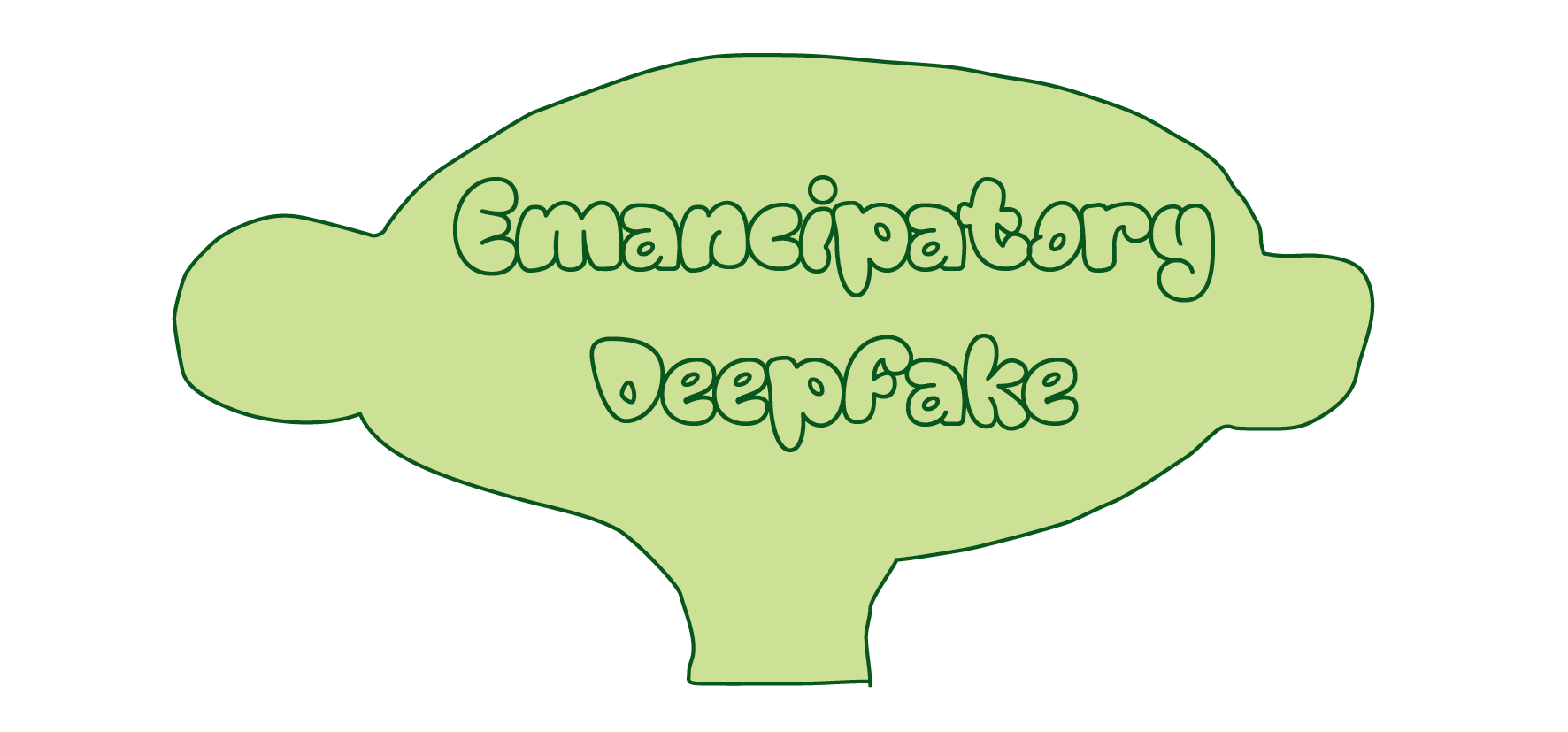Created by
Nora Al-Badri
Use deepfakes to speak unspoken truths.
When we think about deepfakes, we often imagine them being used to spread disinformation, falsehoods, and lies (often for political or personal gain). But what if deepfakes were used to finally speak the unspoken truth about the colonial histories of museums? This assignment is inspired by Nora Al-Badri’s work The Post-Truth Museum, where she employs various AI techniques to place unlikely words in the mouths of three European museum directors, as well as into the mouths of reanimated masks. The deepfakes in this work represent museums themselves and the leaders of the Prussian Heritage Foundation (Berlin), the Louvre (Paris), and the British Museum (London). In this post-truth situation, Nora’s talking heads admit “the truth about imperial plunder—confessing their crimes, speaking about healing, restitution, shame, or art as critical knowledge.”
About the artist
Nora Al-Badri is a multi-disciplinary and conceptual media artist with a German-Iraqi background. Her works are research-based as well as paradisciplinary and post-colonial. Her practice focuses on the politics and the emancipatory potential of new technologies such as machine intelligence or data sculpting. Al-Badri’s artistic material is a speculative archaeology from fossils to artefacts or performative interventions in museums and other public spaces, that respond to the inherent power structures.
Link
Exercise
- For this assignment, choose one or several protagonists (can be people, animals or objects) for your envisioned narrative of a potential and speculative future. If you pick real people, you need to double check with a lawyer whether that is feasible! If they are public personas and your video is not defamatory, it should be legally alright to do so.
- Formulate your story of an ethical, decolonial, emancipatory or just version of the future to inspire and invite the audience to think and imagine beyond our framings today. Deepfakes are about conveying a certain truth. Pick a specific, but contested subject (e.g. migration, climate change, agency of non-human beings, museums…it can be anything that you are drawn to) for your story.
- Check your positionality (who is speaking, from where, what is your experience, your privilege!) and don’t try to conceal the fact of your own subjectivity in the work. Instead, use it and make it visible as a strength.
- Because AI technology is inherently problematic, don’t forget to mention the complicity of the technology (of deepfakes/AI) in colonial continuity and its in-built exploitative mechanisms in this work (unseen and underpaid labor—also known as ghost work, biased training data, the power dynamics of who owns and rules the few tech companies).
- Generate a deepfake video (you can also include voice-cloning of course) where the chosen protagonist(s) narrates the story.
